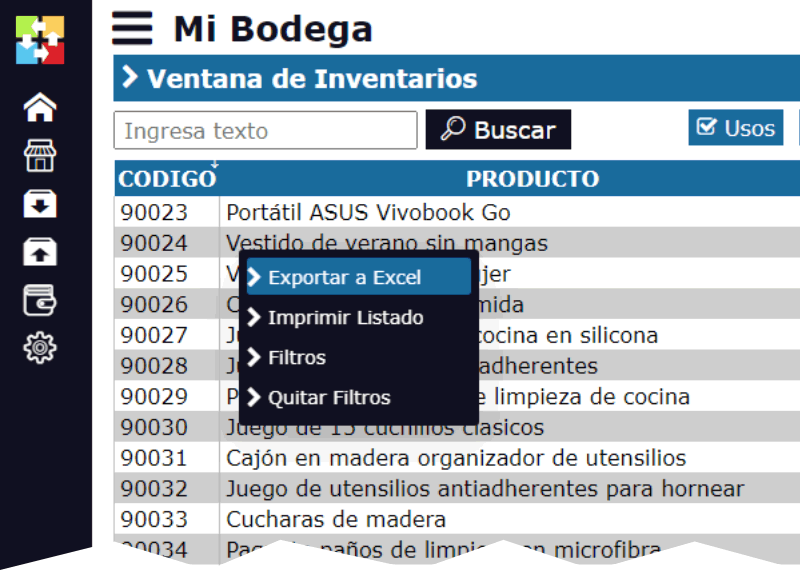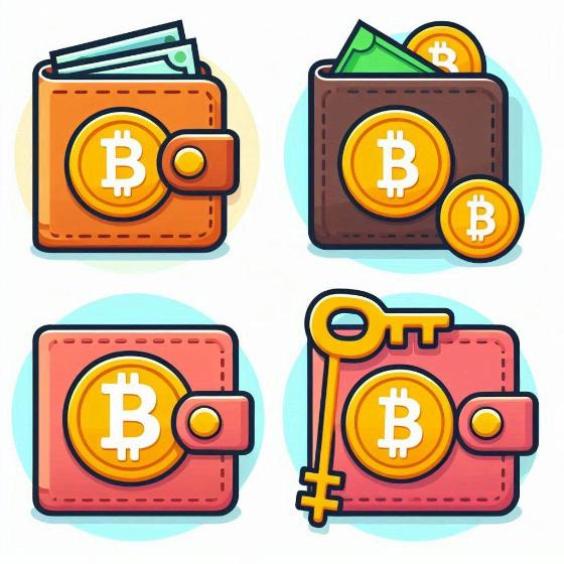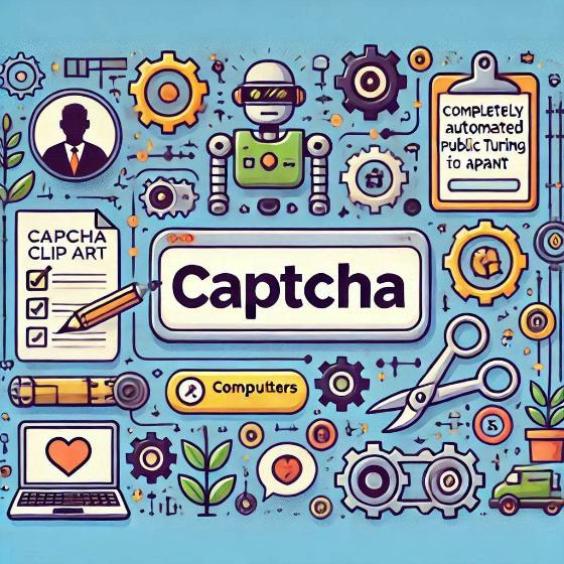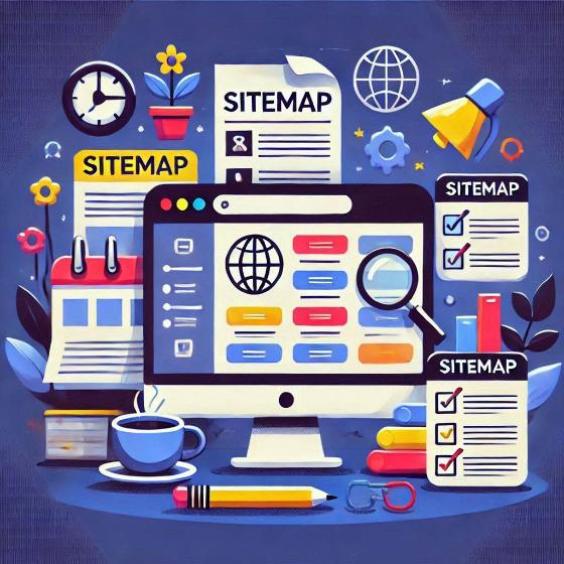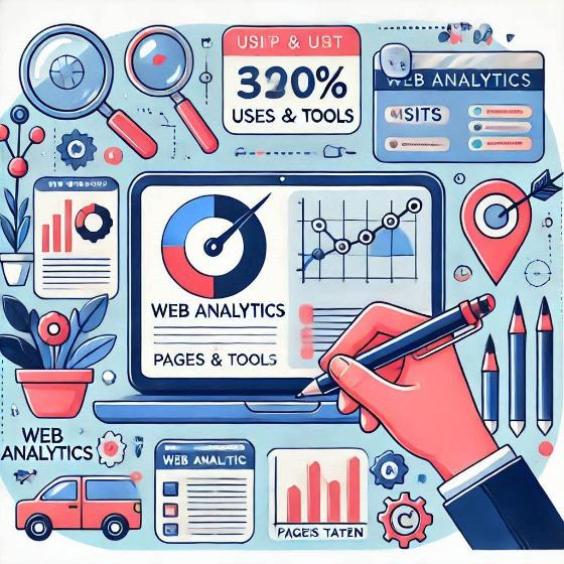Card index for digital assets: Examples in NFTs or software licenses.
Kardex for Digital Assets: Examples in NFTs or Software Licenses
In the world of accounting and asset management, the Kardex is a fundamental tool for recording and controlling the movements of a company's assets. However, with the growing importance of digital assets in the current economy, the question arises of how to adapt the Kardex to these new types of assets. In this article, we will explore how the Kardex can be applied to digital assets, using NFTs (Non-Fungible Tokens) and software licenses as examples.

What is a Kardex?
A Kardex is an accounting record used to record and control the movements of a company's assets. It is a document used to record the purchase, sale, transfer, and other movements of assets, and is used to calculate the value of assets at a given time.
Characteristics of a Kardex
A typical Kardex includes the following characteristics:
- Asset identifier
- Asset description
- Acquisition date
- Acquisition value
- Sale or transfer date
- Sale or transfer value
- Current asset status
Applying the Kardex to Digital Assets
Digital assets, such as NFTs and software licenses, have unique characteristics that require an adaptation of the traditional Kardex. The following examples show how the Kardex can be applied to these types of assets.
Example 1: NFTs
NFTs are unique tokens that represent ownership of a digital asset, such as a work of art or a virtual object. To record an NFT in a Kardex, the following characteristics can be included:
- NFT identifier (e.g., a blockchain hash)
- NFT description (e.g., the title of the artwork)
- Acquisition date (e.g., the date the NFT was purchased)
- Acquisition value (e.g., the price in cryptocurrency)
- Sale or transfer date (e.g., the date the NFT was sold)
- Sale or transfer value (e.g., the price in cryptocurrency)
- Current NFT status (e.g., "in possession" or "sold")
Example 2: Software Licenses
Software licenses are permissions granted to users to use specific software. To record a software license in a Kardex, the following characteristics can be included:
- License identifier (e.g., a serial number)
- License description (e.g., the software name)
- Acquisition date (e.g., the date the license was purchased)
- Acquisition value (e.g., the license price)
- Expiration date (e.g., the date the license becomes invalid)
- Current license status (e.g., "active" or "expired")
Conclusion
The Kardex is a fundamental tool for recording and controlling the movements of a company's assets. With the growing importance of digital assets in the current economy, it is essential to adapt the Kardex to these new types of assets. The examples presented in this article show how the Kardex can be applied to NFTs and software licenses, and how specific characteristics can be included to record and control these digital assets.
It is essential to note that implementing a Kardex for digital assets requires a deep understanding of the characteristics and specific requirements of these assets. It is recommended to consult with accounting and technology experts to ensure that the Kardex is suitable for the company's needs.
